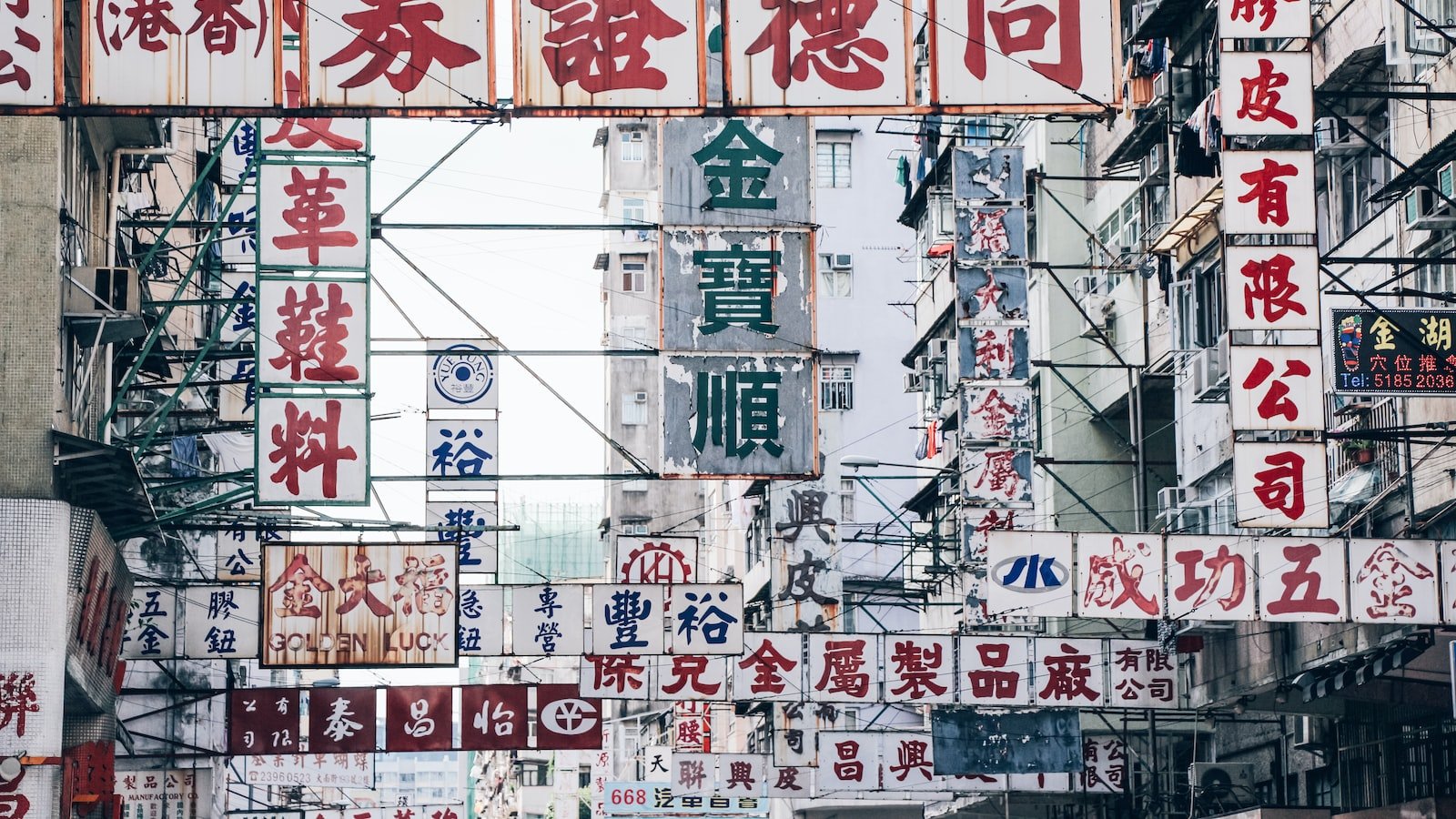The Art of Feng Shui: Unlocking the Mysteries of Chinese Geomancy
Chinese geomancy, also known as Feng Shui, has fascinated people for centuries. It is a practice deeply rooted in ancient Chinese philosophy and is believed to bring harmony, balance, and good fortune to those who follow its principles. Let’s uncover the mysteries of this ancient art and explore its key concepts.
The Balance of Yin and Yang
In Feng Shui, one of the fundamental principles is the concept of yin and yang. Yin represents feminine, receptive, and passive energy, while yang symbolizes masculine, active, and assertive energy. The goal of Feng Shui is to achieve a balance between these two opposing forces, creating a harmonious environment for living or working.
To achieve this balance, Feng Shui practitioners arrange furniture, objects, and colors in a way that promotes the flow of energy while avoiding clutter and stagnant areas. This allows positive energy, or “qi,” to circulate freely, bringing good fortune to the space and its inhabitants.

The Yin Yang symbol represents the balance between opposing energies in Feng Shui.
The Five Elements
Feng Shui also incorporates the concept of the five elements: wood, fire, earth, metal, and water. Each element carries its own unique energy and characteristics. Balancing these elements within a space is believed to promote positive energy flow.
For example, wood represents growth and vitality, and it can be represented by actual wooden furniture or plants. Fire brings passion and transformation; it can be symbolized by candles or bright colors. Earth represents stability and grounding, often depicted by pottery or earth-tone colors. Metal signifies clarity and focus, and it can be represented by metal objects or the color white. Lastly, water symbolizes fluidity and abundance; it can be depicted by water features or mirrors.

The Five Elements are essential in creating a harmonious Feng Shui environment.
Bagua and Energy Map
In Feng Shui, a Bagua energy map is used to analyze and understand the energetic quality of different areas within a space, such as a house, office, or garden. The Bagua divides the space into nine areas, each representing a different aspect of life, such as wealth, health, love, and career.
By aligning the Bagua map with the layout of a space, practitioners can identify areas that may need attention or enhancement to improve the flow of energy and support specific aspects of life. This could involve rearranging furniture, adding certain colors, or incorporating symbolic objects.

The Bagua energy map helps identify areas of focus within a space for optimal Feng Shui.
Enhancing Your Space and Life
Practicing Feng Shui can have a profound impact on your well-being and success. By creating a balanced and harmonious environment, you invite positive energy into your life. This energy can manifest in various forms, such as improved relationships, enhanced creativity, better health, and increased prosperity.
Remember that Feng Shui is a deeply personal practice, and what works for one person may not suit another. Experimenting with different arrangements, colors, and objects can help you unlock the full potential of your space.
So, embrace the art of Feng Shui and discover how it can transform your living or working environment, allowing you to unlock the mysteries of Chinese geomancy and create a truly harmonious space.


